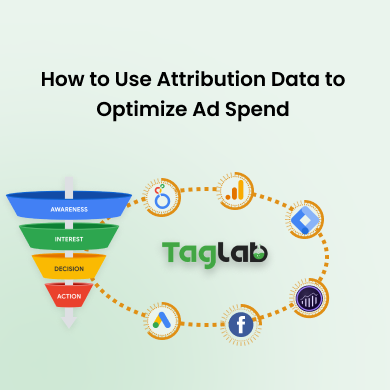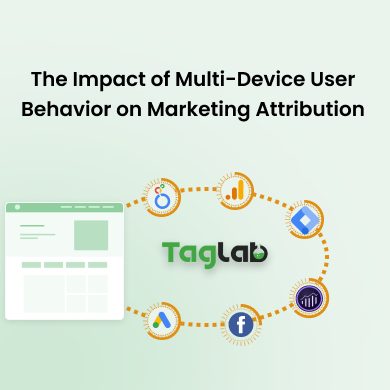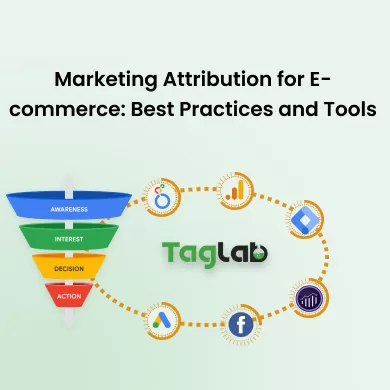Your cart is currently empty!
Eye Tracking Term Meaning
Posted by:
|
On:
|
Eye Tracking is a technology that measures where and how long a person looks at various areas on a screen, webpage, or physical environment. This data is used to understand visual attention, user behavior, and how users interact with content.
Detailed Explanation
Eye Tracking involves using specialized devices, such as eye trackers or cameras, to monitor and record eye movements. This technology captures data on where the eyes focus, the sequence of movements, and the duration of gaze on specific elements. Eye tracking is commonly used in user experience (UX) research, marketing, psychology, and medical fields. In marketing and UX design, it helps in understanding how users navigate websites, advertisements, or product packaging, allowing designers to optimize layouts for better engagement and usability. Heatmaps and gaze plots are often generated from eye tracking data to visually represent areas of high and low attention. By analyzing eye tracking data, businesses can make informed decisions to improve design, enhance user experience, and increase the effectiveness of visual content.
Key Points
- What it is: A technology that measures where and how long a person looks at various areas on a screen, webpage, or physical environment.
- Why it matters: Provides insights into visual attention and user behavior, helping to optimize content and design for better engagement and usability.
- How to use it: Utilize eye tracking devices to monitor eye movements, analyze the data to understand user interactions, and apply insights to improve design and content effectiveness.
Examples
- Website Navigation: Eye tracking is used to study how users navigate a website, identifying which elements attract the most attention and how the layout can be improved for better usability.
- Advertisement Effectiveness: Marketers use eye tracking to assess how viewers interact with advertisements, determining which parts of the ad capture attention and which elements might need adjustment to improve engagement.
Related Terms
- User Experience (UX)
- Heatmaps
- Usability Testing
- Behavioral Analytics
Frequently Asked Questions
What is Eye Tracking?
Eye Tracking is a technology that measures where and how long a person looks at various areas on a screen, webpage, or physical environment. It helps understand visual attention and user behavior.
Why is Eye Tracking important for UX design?
Eye Tracking is important for UX design because it provides insights into how users interact with a design. This information helps designers optimize layouts, improve usability, and create more engaging content.
How can businesses use Eye Tracking data?
Businesses can use Eye Tracking data to analyze user interactions, identify areas of high and low attention, and make informed decisions to improve design and content effectiveness. This can lead to better user experiences and increased engagement.



